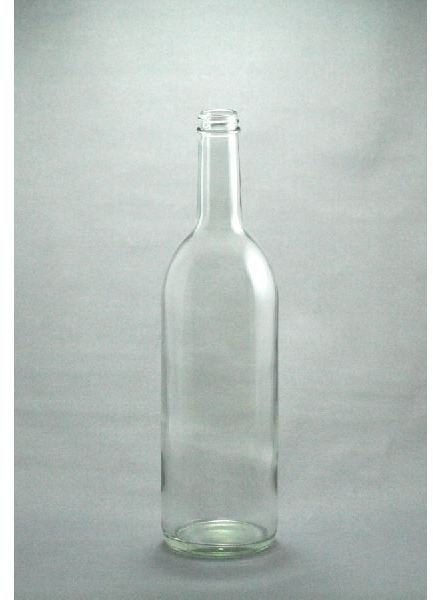How to Mix Recycled Glass and Concrete for Stunning Homemade Projects
Why Do It Yourself?
You’ve probably seen glass embedded counter tops or tables and thought that you’d really like to have one yourself; until you looked at the price tag. Why pay thousands of dollars for someone to build you a custom project when you could do it yourself? If you’ve ever wondered how to mix recycled glass and concrete to create a counter top, table, or walkway paths, you’ll be happy to know that the process is not much harder than pouring a normal cement project. The only difference is adding the glass and finishing the project with a variety of finishing tools, which happens to be easy to do. Learn how to make an environmentally conscious and style-savvy project.
Purchase Your Recycled Glass
Purchase your recycled glass in the colors you would like. Recycled glass is available wildly on the internet and comes in hundreds of different colors, including glow in the dark! It’s recommended that you don’t try to use the concrete for things that require a lot of structural integrity, as home made glass and concrete mixtures have not been rated for extreme lode bearing.
Making or Purchasing a Mold
If you’re making a counter top or table, you need to either purchase a pre-made mold or create your own. They can frequently be purchased from popular home and garden stores such as Home Depot or Lowes. If you are interested in making one yourself, simply use plywood release forms. Be sure to line the forms with a release agent. If making something small like walkway stones, you can build a few smaller forms from scrap plywood you may have laying around.
Mix Your Concrete
If the desired effect is simply to have glass on the surface of your finished project, mix your concrete to the manufacturers direction. If you would like your project to have glass laced through the entire piece, replace half the needed aggregate with your glass chips. Using a drill with a mixer attachment or a small cement mixer is highly advised. Now is the time to add any concrete dyes you would like by simply following the directions on the packaging.
Pour Your Concrete
This step is critical: Pour your concrete into the molds and vibrate or stir the mixture to make sure there are no air bubbles trapped inside. If you do not get the air out, you risk shrinkage, cracks, and staining. This would result in a structurally unsound piece. You can add an acrylic fortifier to the mix to help your glass chips adhere to the concrete.
Place Your Glass Chips
Take a trowel and smooth out the surface lightly. Don’t worry about getting it perfect just yet. Take your glass chips and sprinkle them onto the top of the concrete. If mixing colors, it is wise to mix them before placing them on top of the cement to allow for a more even distribution of the colors.
Tamp the Glass
Tamp the glass down into the surface of the concrete with a wood float, but take care to do this gently. Once you have tamped the glass into the concrete, carefully trowel the mixture and push the glass pieces down until they are just covered in the cement. Do not push the glass too deeply as this will cause the polishing process to take much longer to finish.
Cure Your Project
Cure your project for at least 10 to 15 days before grinding and finishing it. Any shorter period will cause the glass to dislodge before you grind and polish it. Any longer will cause unneeded wear and tear to your finishing tools. If you live in an area that is prone to getting rain, it may be best to cover large projects with tarps to prevent drawing out the process with extra moisture.
Grind and Polish Your Project
Now that you have cured your project for at least 10 to 15 days, you’ll want to go ahead and release it from the mold and begin the grinding and polishing process. Check with a local home and garden store to see if they have the tools for rent or purchase. You will have to buy diamond-impregnated grinding disks that are similar to sandpaper, designed specifically for grinding and polishing concrete. Follow the instructions on the packaging or ask someone with experience in masonry for advice. Be sure to work your way down slowly from the roughest grit to the finest grit to get the desired shine.
Finish Curing and Seal Your Project
When you are finished grinding and polishing your project, finish curing it for a total of at least 30 days from when it was poured. When you are finished letting it cure, apply a desired concrete sealer (or sealers) to “lock in” the shine and protect the finish. These can also be purchased at local home and garden centers, as well as online. Simply follow the directions on the packaging.
Your finished project will be a stunning, trendy, eye-catching piece that you can proudly tell your friends, family, and neighbors that you did yourself. Not to mention, knowing how to mix recycled glass and concrete for projects helps to show that we can reuse things in decor, rather than simply using them once and throwing them away. A project that is environmentally conscious and beautiful, what more could you ask for?
Resources:
https://www.concretenetwork.com/outdoor-kitchens/glass-embed-countertops.html
Images Credits:
https://commons.wikimedia.org/wiki/File:Glass_wine_bottle.jpg
